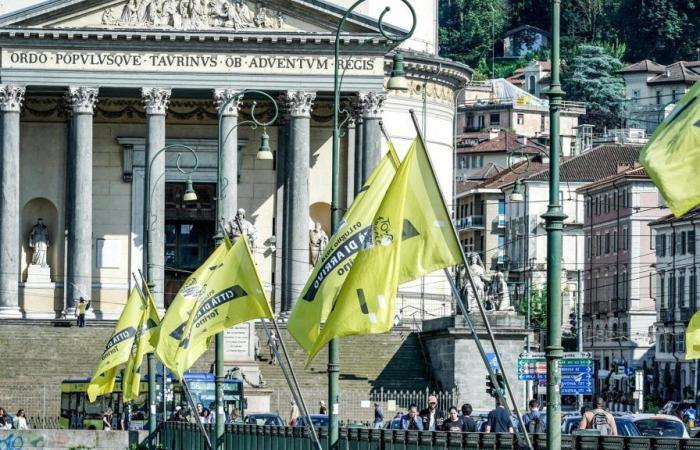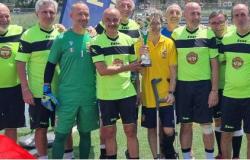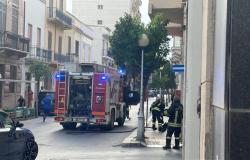Ah, the Italians. It is to them that the Tour de France comes to pay homage 111 years after their birth. He bows to the Italian champions who made his history and thanks them. It was 1903 when the journalist Henri Desgranges, absolute patron until 1939, invented the most famous and merciless stage race, launching the bicycle as a sport. The Grande Boucle, the Big Curl as the French call it, started from Italy for the first time. Yesterday he left Florence and arrived in Rimini. Today it is crossing Romagna and Emilia. Tomorrow he settles in Piedmont: he arrives in Turin and on Tuesday he leaves from Pinerolo, goes up the Val Chisone, passes through the Val di Susa and over the hill into France through Montgenevre. The final goal, after three weeks of racing, is Nice, Côte d’Azur. This too, a first time, since Paris is occupied by the Olympics.
There are good reasons why Italy should be the starting land of the 2024 Tour. And these reasons are called Bartali, Pantani, Coppi and Bottecchia, our musketeers. Gino Bartali, a Tuscan from Ponte a Ema, practically Florence, is the generous Porthos: two Tours in his palmarès (1938-1948). Marco Pantani, from Cesenatico in Romagna, the last champion to have won the Giro and the Tour in the same year (1998), is the tormented Athos, the unrivalled Pirate. Fausto Coppi, the Campionissimo from Castellania, the founder of modern cycling, the elegant Aramis, is the first to have achieved the Giro-Tour double (1949, 1952). And Ottavio Bottecchia is D’Artagnan, Venetian, born in 1894, the first Italian to win the Tour in 1924 (yellow jersey from the first to the last day), then wins it again in 1925 and dies in 1927 after being beaten by a fascist gang.
The first three, the Tour goes to greet them at home. It crosses their lands: Florence and Tuscany for Bartali; Cesenatico and Romagna for Pantani; a lot of Piedmont for Coppi, Tortona and Alessandria, Alba and the Langhe, Turin and Sestrières, naturally Pinerolo, where the fourth stage starts, which faces one of the legendary climbs of the Tour, the Galibier. In the world of cycling, Pinerolo means Fausto Coppi: it recalls his triumphant ride in the Cuneo-Pinerolo, the seventeenth stage of the 1949 Giro d’Italia.
For Bottecchia, however, the homage is to the centenary of his first victory at the Tour, in 1924. That year, returning to Italy, he was unable to get off the train at the Turin station because of the large crowd that crowded the platform. When he finally opened the door of the carriage, he did not even touch the ground and was carried in triumph by the fans who unloaded him directly onto the train for Milan, his next destination.
Maybe this level of enthusiasm will not be reached for the Tour’s passage to Piedmont, but it is a unique opportunity for the riders’ fans (only eight Italians in the race, the most accredited being the new national champion Alberto Bettiol), for the enthusiasts of cycling and sports lovers in general, seeing a traveling country like the Tour pass in front of their home, on their streets. An extraordinary experience that lasts hours. Better to position yourself where there is a ramp, even if it is small. And wait for the wind that pedals by. On Monday they can enjoy it in Nizza Monferrato and Canelli, in Castagnole Lanze and Alba, in Piobesi and Carmagnola, in Carignano and Stupinigi, and then all along Corso UnioneSoviet with a probable final sprint next to the Stadio Olimpico Grande Torino. Estimated time of arrival, shortly after 5pm. While from Pinerolo, the following day, we leave again at 1pm and face the first challenging climbs, Sestrières, Montgenèvre, Galibier. And the Tour returns home.






